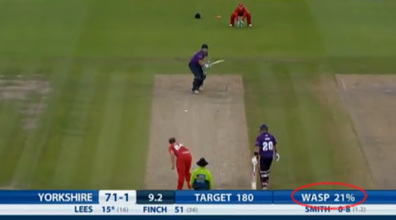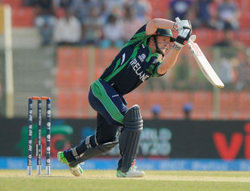
The 2017 Indian Premier League Player Auction took place in Bengaluru this week. A total of 66 cricketers were sold to eight teams. The auction was interesting as it witnessed the sale of the most expensive overseas player to ever feature in the IPL – Ben Stokes. Stokes is an English all-rounder and was sold for a winning bid of ₹14,50,00,000 (approximately £1.7m or €2m).
The recently founded Rising Pune Supergiants, based in Maharashtra, finished at the foot of the IPL last season but secured the services of Stokes. They are now set to make Stokes the highest paid England cricketer of all time – he’s due to get a £1.7m contract.
For sellers, auctions such as these are good mechanisms to elicit high offers. The final price of a scarce good (like Stokes) is essentially set via competitive bidding and ultimately his labour is allocated to the franchise that values him most.
The problem however is that buyers can overpay. This seems to be the case with Stokes. A bidding war began between five of the eight franchises. Perhaps the most interesting part of the auction for Stokes is the reaction of Stephen Fleming, coach of the Rising Pune Supergiants. He can’t hide his (almost instantaneous) feeling of buyer’s remorse!
While Stokes will probably be a valuable resource to the Rising Pune Supergiants, justifying the price tag will be challenging.
The auction for Stokes can be viewed here. Watch for Fleming's reaction to winning.


 RSS Feed
RSS Feed